If you’re looking for an environmentally friendly way to keep your garden soil healthy, coco liners may be the answer. Coco liners are made from the husks of coconuts and can be used to line garden beds, pots, and even hanging baskets.
They are a great alternative to traditional plastic or fabric liners, and they last a long time too! In this blog post, we will discuss how long coco liners last, as well as go through some tips on keeping them in good condition.
How Long Do Coco Liners Last?
Coco liners will last for at least two years if correctly cared for. However, if you live in an area with a lot of sun and heat, you may need to replace your coco liner every year. To extend the life of your coco liner, keep it out of direct sunlight as much as possible.
I will now go through some tips on how to care for your coco liners so that they last a long time. Follow each of these tips and you should have no problem getting years of use out of your coco liners!
How to Make Coco Liners Last Longer?
There are a number of things you can do to make sure your coco liners last a long time:
1. Keep animals away
Animals are attracted to the smell of coconuts, and they will dig and chew on the liners if given the chance. They also enjoy using the material as part of their nest, so birds and rodents will be particularly troublesome.
To keep animals away, you can either line the perimeter of your garden beds with chicken wire or place rocks around the coco liners. Having a pet dog or cat may also help to deter animals from coming too close to your garden.
Another way to keep animals away is by using a repellent spray. You can make your own repellent spray by mixing water, vinegar, and peppermint oil in a spray bottle.
Spray the mixture around the perimeter of your garden bed and on the coco liner itself. The scent of the vinegar and peppermint will deter animals from coming close to the area.
2. Keep them moist
Coco liners are hydrophilic, so they will absorb water readily. They will then release the water slowly, which is perfect for plants that need a consistent supply of moisture.
However, not watering coco liners will lead to them becoming dry and brittle. They will no longer be able to hold moisture and will eventually start to break down.
To keep the coco liners moist, mist them with water every few days or whenever the weather is particularly hot and dry. This will keep the material pliable and prevent it from breaking down.
You can also water your plants directly onto the coco liner. This will help to keep the liner moist and will also provide your plants with a much-needed drink!
3. Adjust the liners
The coco liners will gradually change shape and size over time. This is due to the material expanding and contracting as it absorbs and releases moisture.
It’s important to adjust the liners every so often so that they fit snugly against the sides of your garden beds, pots, or baskets. If the liners are too loose, they will start to sag in the middle and could eventually tear.
Fluffing the coco liners is a great way to return the coco liners back to their original shape. Simply soak the liners in water, let them dry out, and then fluff up the fibers with your hands.
Which Coco Liners Last the Longest?
There are high-quality coco liners and then there are the not-so-great ones. It’s important that you buy high-quality coco liners so that they last longer. I’ve had some experience with different brands, and I can tell you that the following brands make high-quality coco liners that will last a long time:
All of the above coco liners should last for at least two years if cared for properly. I’ve had some of the Bosmere coco liners last up to four years!
Coco Liner Alternatives for Longevity
If you’re looking for an alternative to coco liners that will last even longer, then you should consider using the following:
1. Burlap
This is a thin material that costs just a fraction of the price of coco liners. The jute-type ones are very durable and will last for several years if used properly. Use a plastic sheet on top of the burlap to stop it from degrading when the potting soil is used.
2. Paper
You can also use paper to line your garden beds and pots. This is a very inexpensive option, and you can easily find it at your local hardware store. Look for kraft paper that is thick and durable.
Newspapers and other waste paper can also be used, but they will degrade much quicker than the other options on this list.
3. Jeans
Got a pair of old jeans that you don’t wear anymore? You can cut them up and use them to line your garden beds! The denim is very tough and will last for several years.
Add a plastic layer between the soil and jeans to prevent the material from degrading too quickly.
4. Plastic Bag
You can also use a plastic bag to line your garden beds. This is a very cheap option, and you can easily find them at your local grocery store. Look for thick plastic bags that are made from recycled materials.
Add holes in the bottom of the bag so that water can drain out when you water your plants. A bin bag is a great option for this. They are big, cheap, and made from recycled materials.
5. Landscaping Fabric
This is a great option if you’re looking for something that will last for several years. It’s made from a durable fabric that is designed to withstand the elements. Look for a thick fabric that has a tight weave. You can choose to add a plastic layer or not. It’s up to you.
Conclusion
To sum up, coco liners will last for several years if cared for properly. You can extend the life of your coco liner by keeping animals away, watering regularly, adjusting the liner, and using a high-quality coco liner.
You can also use other materials to line your garden beds and pots, such as burlap, paper, jeans, plastic bags, or landscaping fabric. Thanks for reading! I hope this article was helpful.
Tim is an avid gardener from the UK. He was the founder of PlantCarer.com from 2021 to Sep 2023. He sold PlantCarer.com to Aaron. He has since started his own business called Seed To Supper, which provides new gardeners all the materials you need in a box (pots, seeds, compost and instructions) to grow your own delicious and nutritious vegetables and herbs from start to finish – no garden required.



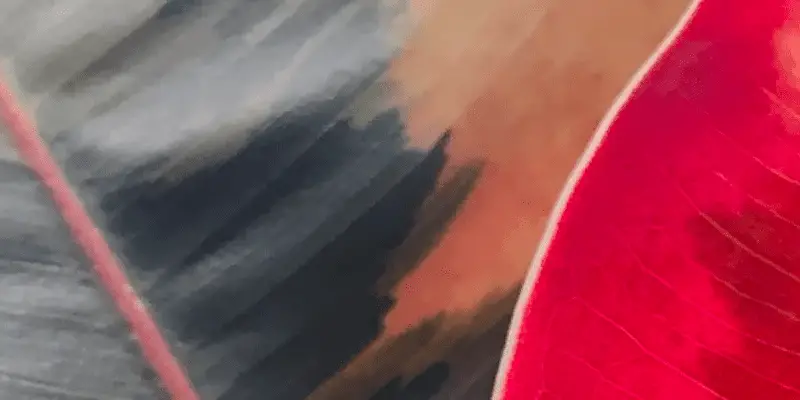
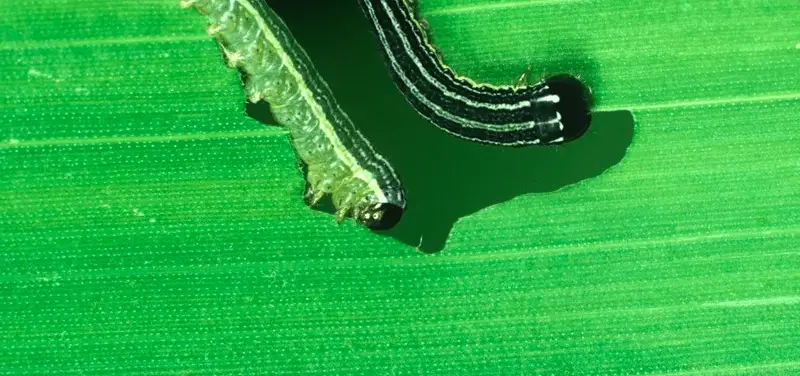
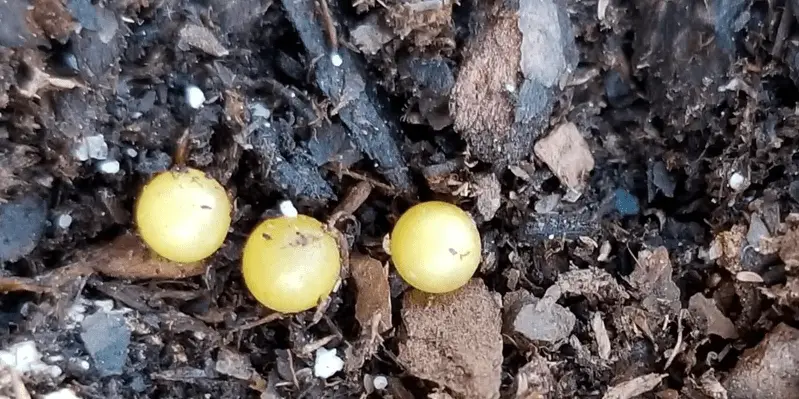
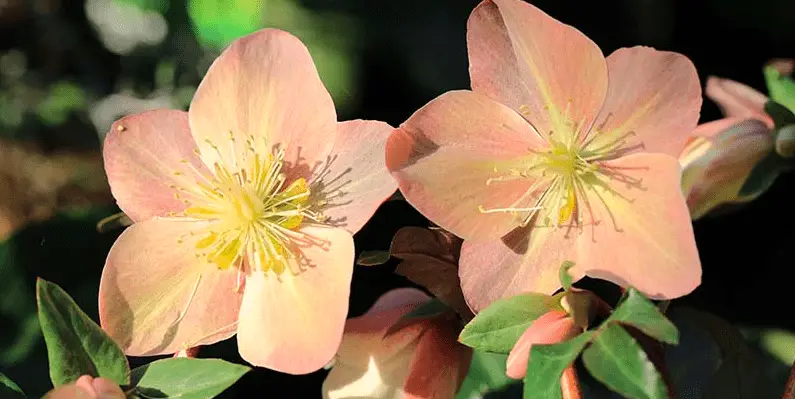
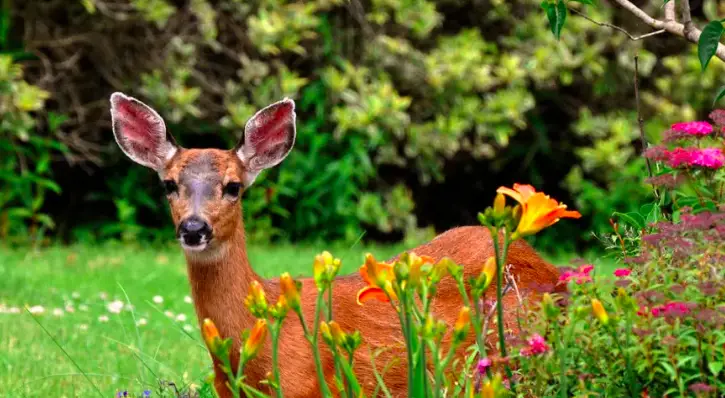
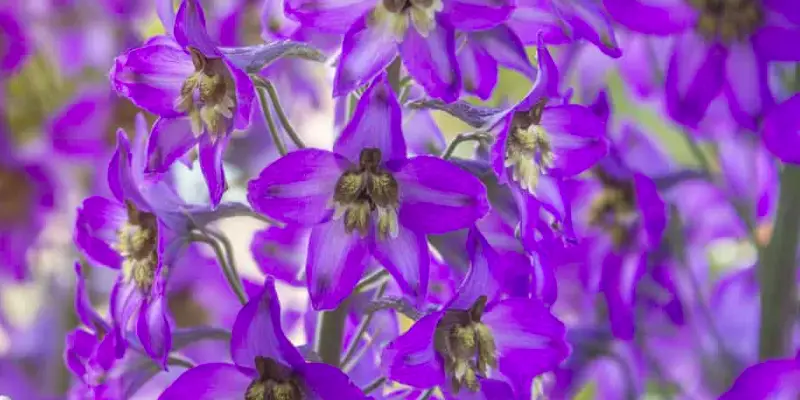
0 Comments